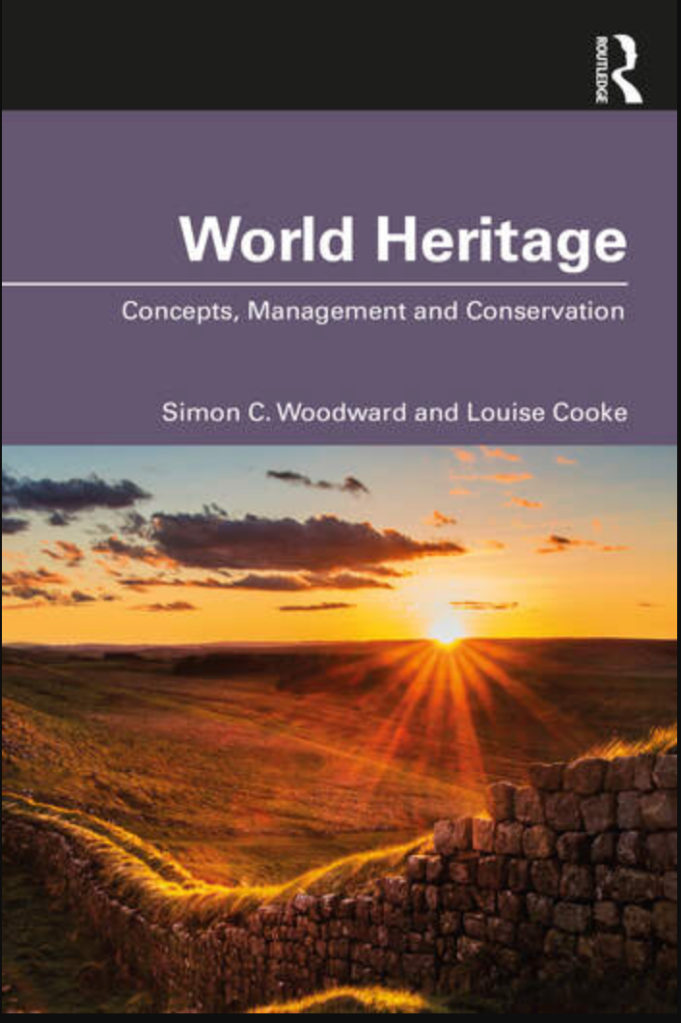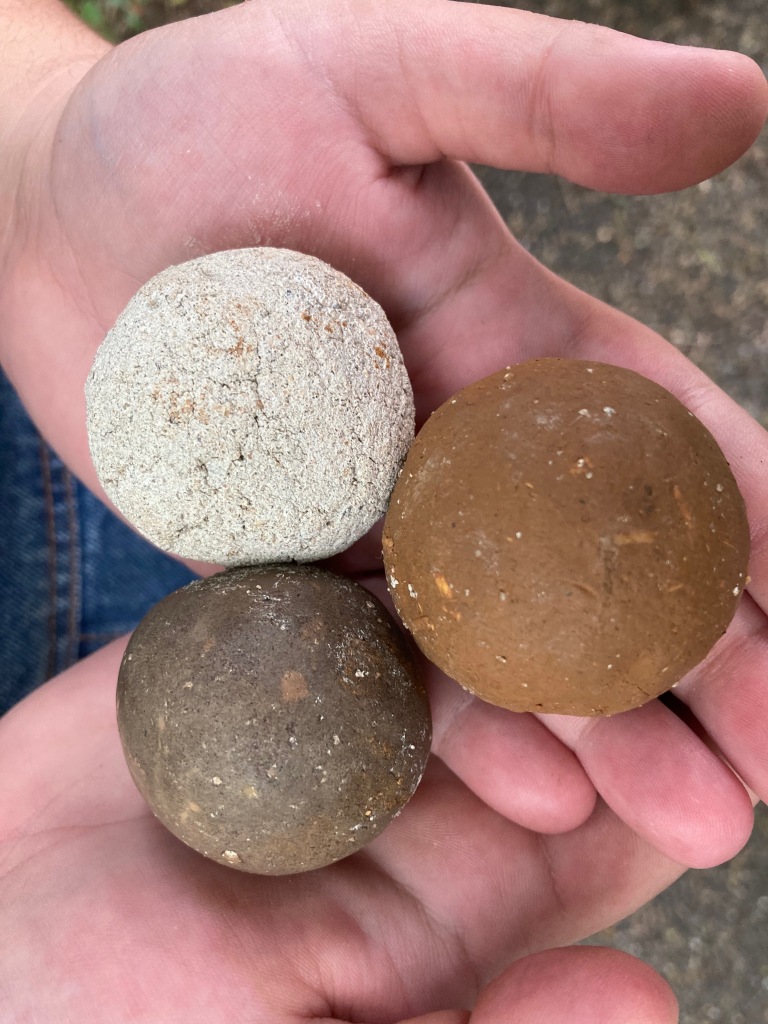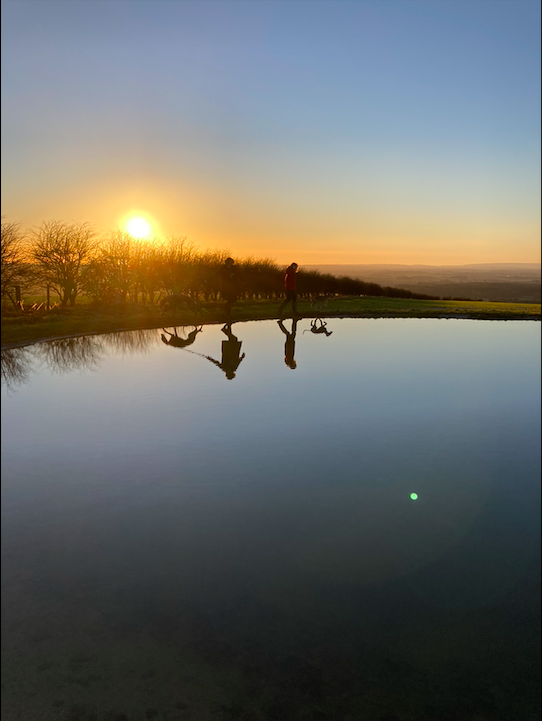This is a re-post of an earlier blog – which I have revisited whilst updating a lecture on conservation of 20th century buildings.
If you would like to find out more about the Viking Ship Museum in Roskilde’s plans following on from a 2019 assessment of the building having a 5-7 year lifespan: https://www.vikingeskibsmuseet.dk/frontend/Dokumenter/Prospectus_for_a_new_viking_ship_museum_EN.pdf
Original post: In 1962 five 11th century ships were excavated from the water at Skuldev, Denmark. The reconstruction of the 5 ships and subsequent research by Ole Crumlin-Pedersen has given archaeologists valuable insight into Viking shipbuilding and history. We now know the 5 ships were deliberately sunk in Roskilde Fjord to block a sea channel as a form of defence.
Following on from the interest in the initial discoveries the Viking Ship Hall was designed by Danish architect Erik Christian Sørensen and built in 1967-68 with the specific purpose of exhibiting the reconstructed Skuldev ships. The museum was opened in 1969 and the Vikingeskibsmuseet in Roskilde is now a centre for the study of Nordic shipbuilding and boatbuilding culture. The significance of the building is such that in 1998 the museum was the first late modern building to be listed for protection in Denmark.

Familiar to other 20th century buildings the Viking Ship Hall has been subject to a series of debates. These focus on (1) the values and significance of the structure – and issues of failure and success of 20th century buildings that have not undergone their own ‘natural selection’ (2) the physical issues of material conservation for concrete structures (and in this case in a marine environment) and (3) the difficulties of adapting the building to meet current expected standards for collection case and visitor management. Simon Thurley (former Chief Executive of English Heritage) makes these arguments clear in his 2016 Gresham Lecture “Saving the Twentieth Century” noting that post war modernist buildings are amongst the most threatened of buildings, as their architects were responding to specific functions and as such they may be less flexible and less adaptable. Listen to the lecture here: https://www.gresham.ac.uk/lectures-and-events/saving-the-twentieth-century
As a purpose-built building occupying a very specific coastal location (it is positioned semi-within the water, and the ships are displayed to look out to the sea) the Viking Ship museum poses specific issues relating to climate change adaptation and resilience. On the 6th and 7th December 2013 the building was impacted by flooding when rising waters peaked at 206cm over normal levels, and the lower panes of glass were impacted by the pressure from the water. The museum website has this video showing the emergency response: https://www.vikingeskibsmuseet.dk/en/about-us/news-and-press/professional-filming-and-photo-shootings/photo-series/photos-and-film-from-the-storm/photos-and-film-from-the-storm/

So added to the arguments about 20th century buildings is the museum’s coastal location and the specific vulnerability of the building (and its collection) to increased storminess and coastal sea-level rise.
The building is currently subject to an International Heritage Alert from ICOMOS as following on from the 2013 flooding and the escalation of structural decay issues discussion on what to do with the building has accelerated – so much so that in August 2018 the building was delisted.
As an example of the interconnected debates around 20th century building conservation, the adaptability of purpose-built structures and climate change resilience what happens to the Viking Ship Museum will be interesting to watch. I know from my own visit to the museum in April 2018 that the collection is outstanding but the issues posed around the buildings significance (including its location, design and materials), its current condition, and the opportunities and risks it presents provides a useful example to explore debates around sustainable heritage and conservation in the 21st century.

For more in the ICOMOS Alert: https://www.icomos.org/en/get-involved/inform-us/heritage-alert/current-alerts/53198-heritage-alert-the-viking-ship-hall-roskilde-denmark
For more on the identities expressed in this fascinating building read David Harvey’s blog post: https://geographiesofheritage.wordpress.com/category/viking-ship-museum/







